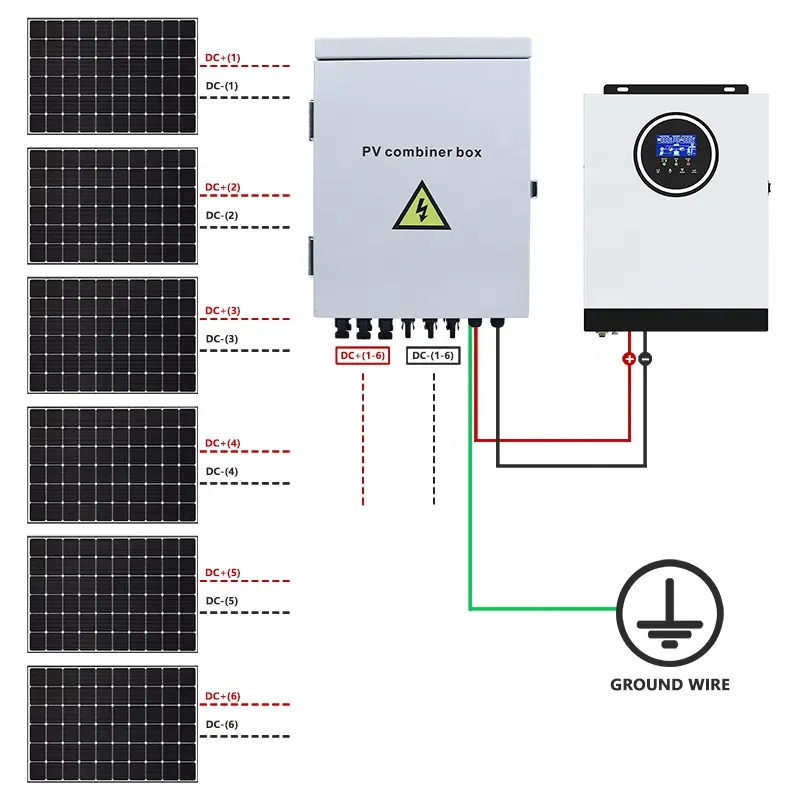How to Select the Right PV Combiner Box for Harsh Environments
Solar energy systems are increasingly deployed in harsh and remote environments — deserts, coastal areas, and high-altitude locations. These sites expose electrical equipment to dust, salt, wind, and extreme temperatures. Choosing the right PV combiner box is essential for reliability and safety in such settings.
Key Considerations for Environmental Resistance
- IP Rating: A minimum IP65 rating is recommended for outdoor installations to protect against dust and water ingress.
- Material Construction: Use enclosures made of UV-resistant polycarbonate, stainless steel, or anodized aluminum for long-term durability.
- Surge Protection: Built-in SPD units safeguard the system from lightning and power surges.
- Temperature Tolerance: Select boxes with components rated for -40°C to +70°C operation.
Industry Examples
In desert PV farms, sand-proof enclosures are critical. In coastal installations, anti-corrosion coatings protect against salt spray. Every use case demands tailored engineering.
Conclusion
When deploying PV systems in extreme environments, selecting a robust and weatherproof combiner box is non-negotiable. It ensures uninterrupted power generation and lowers the risk of early system failure.



